Jeju Island Tourist Attractions
home » Jeju Island Tourist Attractions
Jeju Island Travel Famous Attractions Introduction
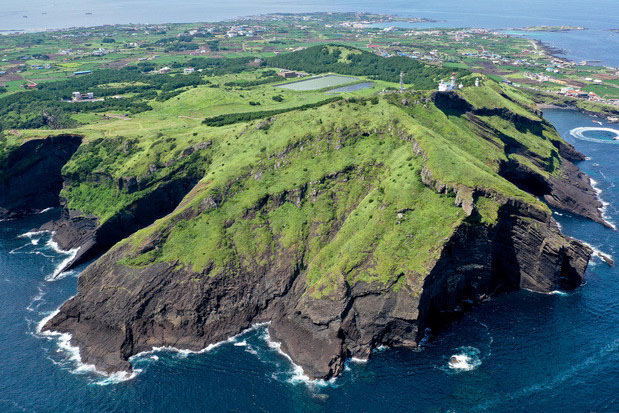
There are many scenery on Udo Iiland, such as Coral Sand Beach and Niudao Peak. If you like to take pictures of natural scenery, then this will be your excellent photography treasure.
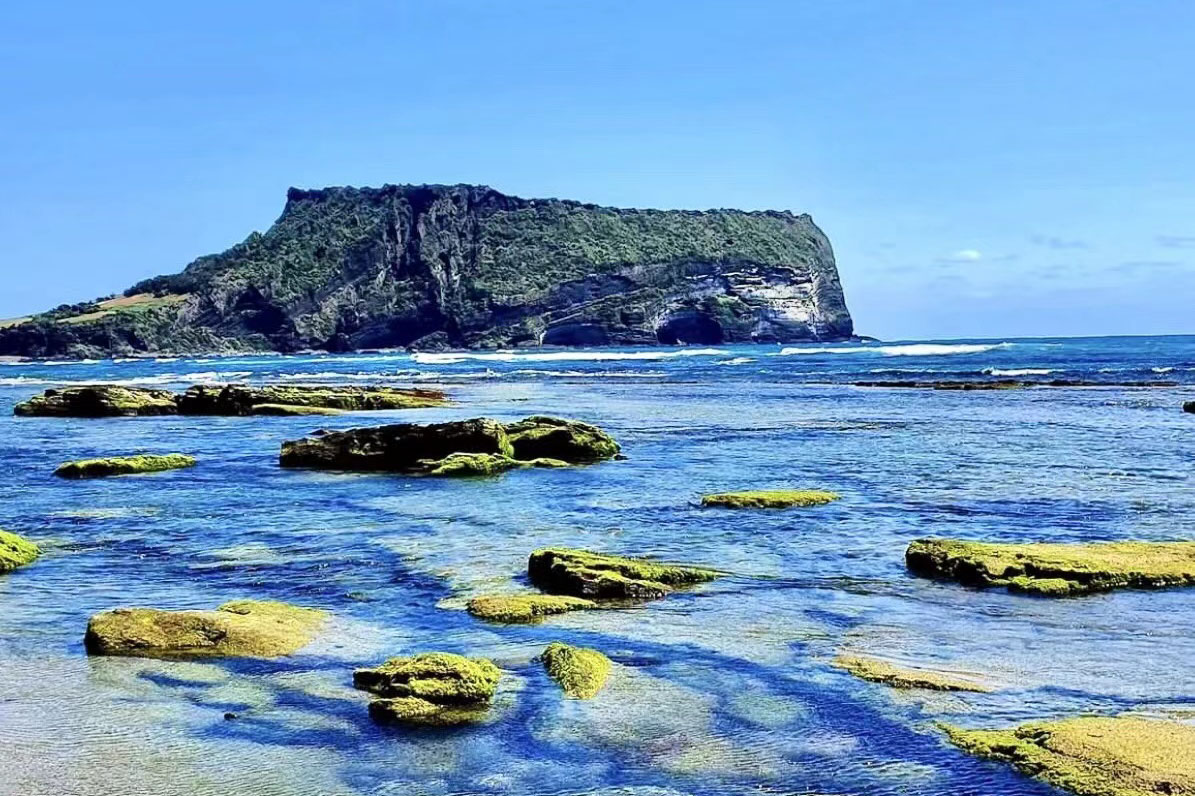
Seongsan Ilchulbong was designated as a local natural monument on July 19, 2000, and was designated a World Natural Heritage Site by UNESCO in 2007.
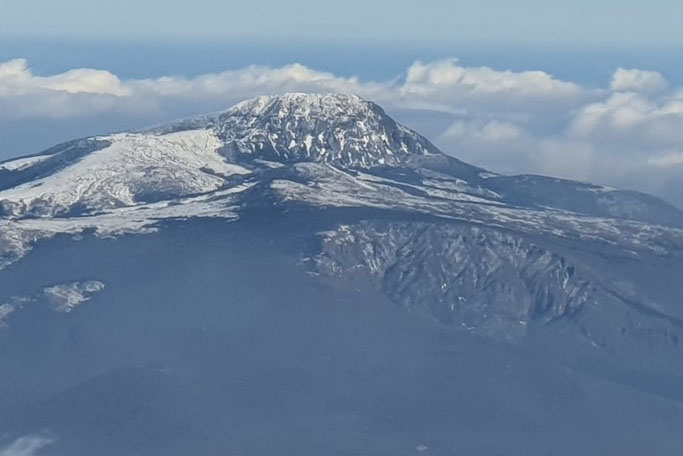
Hallasan Mountain can be seen from anywhere in Jeju Island. Different angles will give people different impressions, and it will change with the seasons.
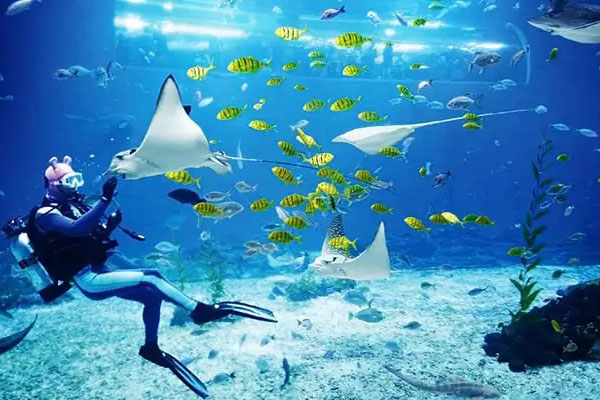
The aquarium is located on the ground and has a total area of 25,600 square meters. It is composed of four major areas: the aquarium, the ocean stage, the ocean science and the central venue.
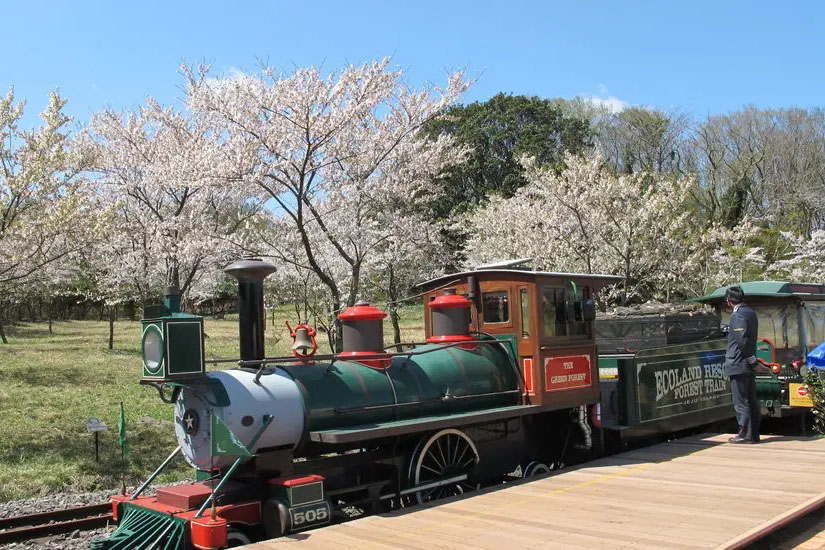
Ecoland Theme Park is the only large-scale ecological park with the theme of train travel on Jeju Island. It is not only a beautiful scenery, but also a good place for tourists to take pictures.
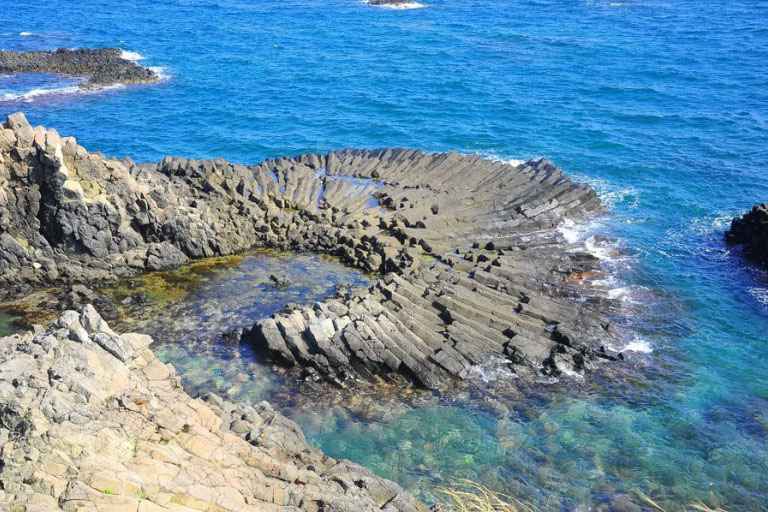
The columnar joints here are as high as 30 to 40 meters and as wide as 1,000 meters. Its scale is the largest in Korea, and it is also an extremely rare spectacle in the world!
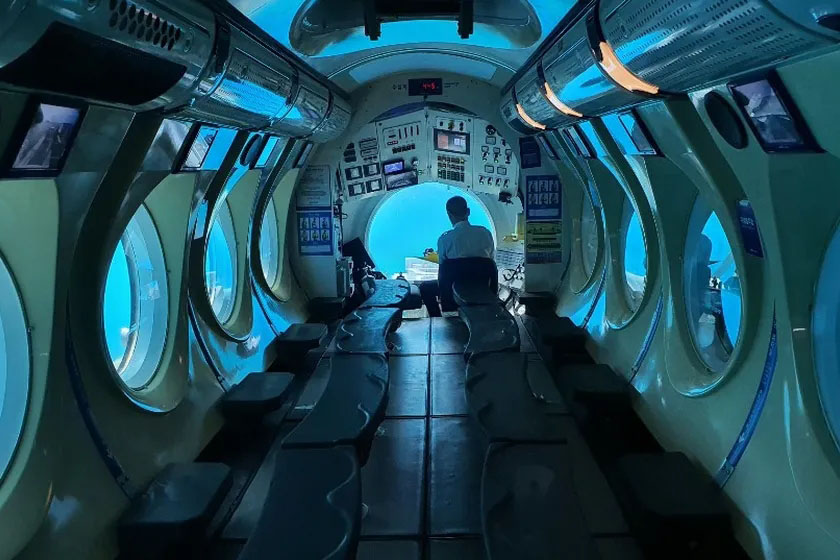
The Seogwipo Submarine was first opened in 1988. It is the only submarine viewing project in Korea. It is also the first submarine in the East and the third in the world.

Hello Kitty Island, which opened to the public in December 2013, is a new popular attraction in Jeju Island and the largest hellokitty theme park in Korea.

The Ma Park in Jeju Island is a very popular tourist attraction, where you can see large-scale circus and equestrian performances, which are highly ornamental.

The full name of the Nanta show in South Korea is “Nanta Chef”, and its English name is NANTA. As the earliest mime show in South Korea, it has long been a must-experience item for tourists to Korea and one of the business cards of Korean culture.

Alive Museum belongs to 3D art, also known as illusion art. It is a kind of 3D street art. It originated in Europe and the United States. It has a history of more than 20 years and has developed into a mature artistic expression context.
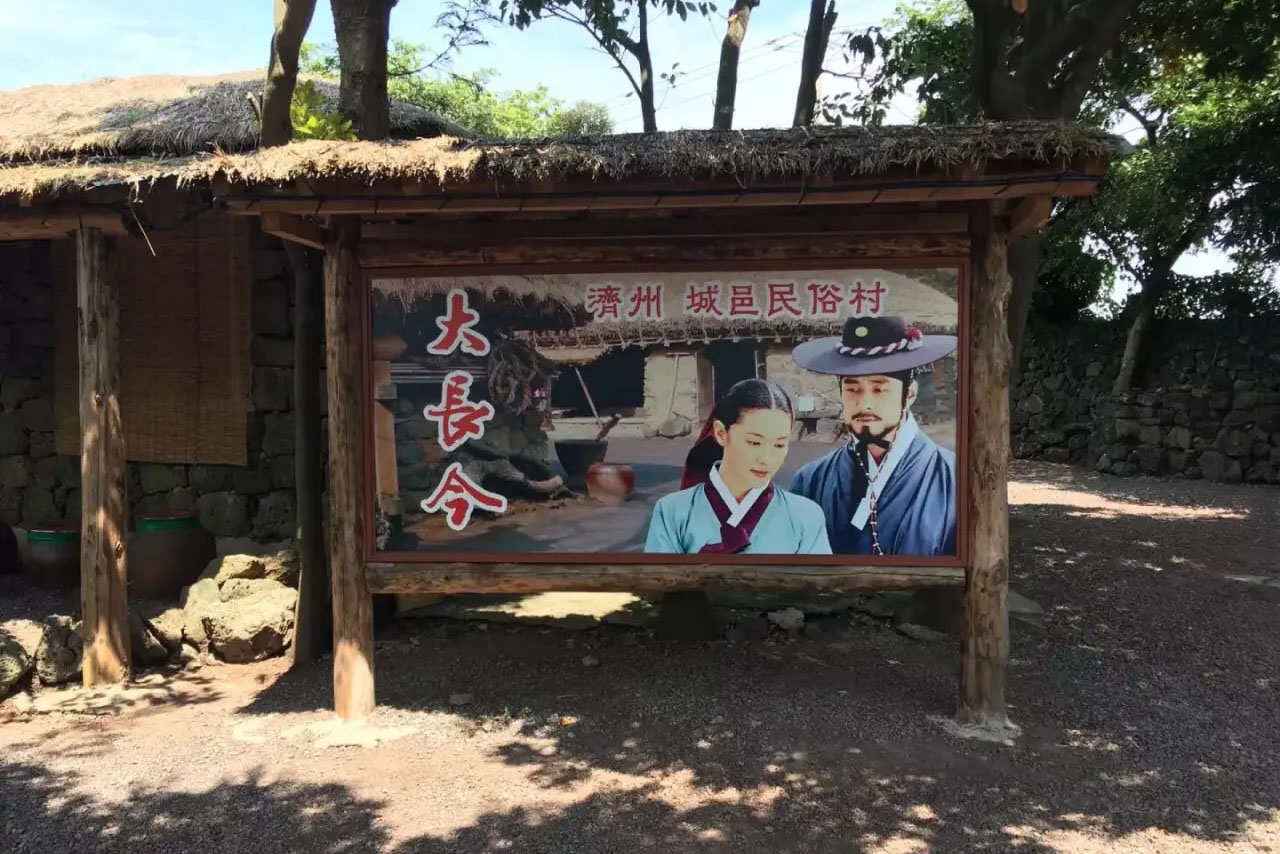
Seongeup Folk Village has well preserved the original appearance of the ancient village. Being in the folk village, it seems that you have traveled back to ancient times, and you can feel the authentic Jeju style.

